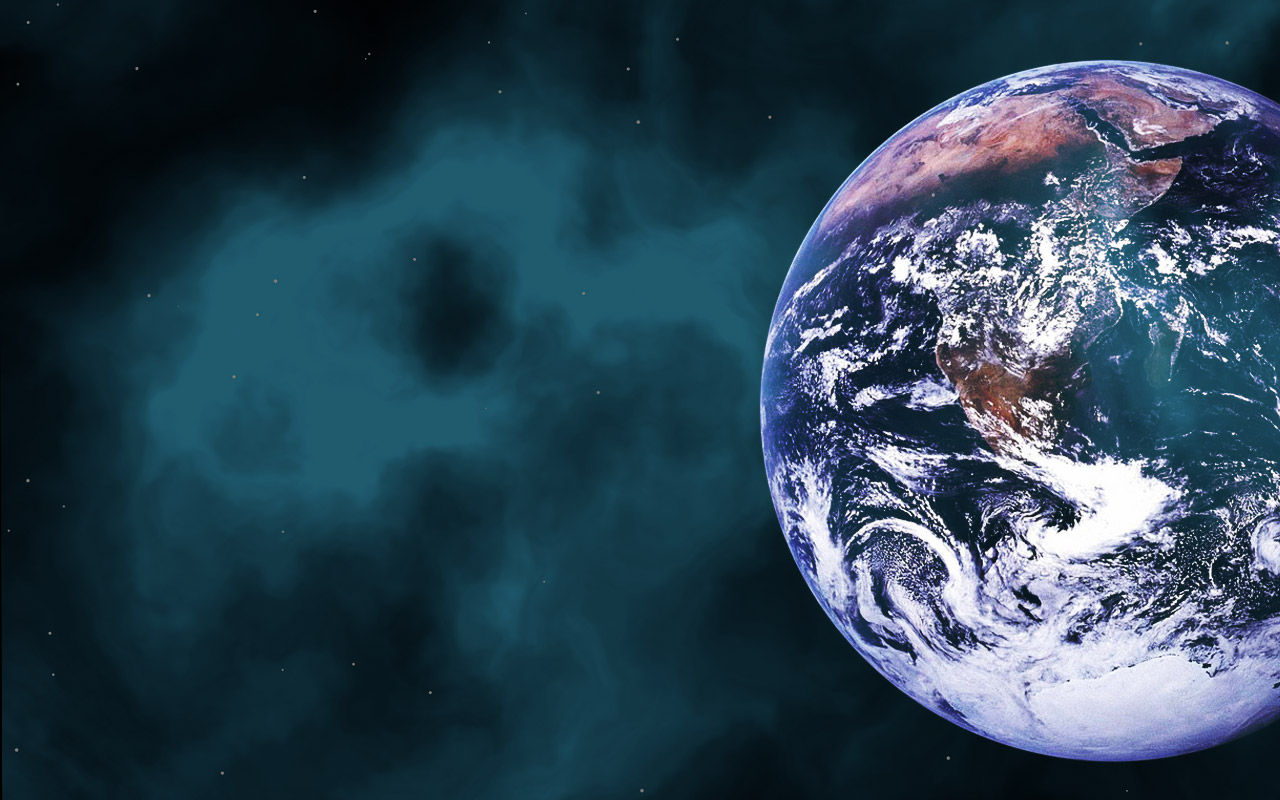
Remote Sensing and Global Climate Change
Remote Sensing & Monitoring Urban Areas
Remote Sensing & Monitoring Global Vegetation
Remote Sensing & Global Climate Change on Land
Land Temperature Differences from 1961- 1990
Remote sensing can locate point sources of pollution, provide data to help descide where to decrease pollution, provide data for future urban planning & provide data for emergencies- escaped chemicals
-
Sensors Used:
-
High resolution aerial cameras (satellites)
-
Multispectral medium resolution (Landsat)
-
Defense Meteorological Satellite Program’s Operational Linescan System (DMSP OLS)
-
Thermal imaging
-
Total Ozone Mapping Spectrometer (TOMS)
-
Ozone Monitoring Instrument (OMI)
-
Measurements of Pollution in the Troposphere (MOPITT)
-
MODIS
-
SPOT
-
Major issues facing urban areas due to climate change:
-
Sea-level Rise
-
Storm Surges & Increased Storm Activity
-
Increased Rainfall Variability
Urban Heat Island Monitoring:
-
Can create different wind patterns, rain, & heat stress on urban environment
-
Usually 1-5 degrees warmer than surrounding areas
-
Urban Air Quality
-
Cities are point sources for pollution
-
Higher levels of aerosols, trace gasses & increased amounts of particles
Rate of urban growth is concerning to planners, social scientists, politicians, etc. Different issues like urban sprawl, wetland protection, transportation, & environmental issues remote sensing can help obtain important information.
Remote Sensing Can Monitor Global Vegetation:
-
Beginning of global food chain
-
Important indicator of climate change
-
If food crops are dying must mitigate so people can be fed
-
Vegetation cover is a good indication of many things
-
Health of ecosystem or agricultural plot, global environmental change, etc
-
-
Different global vegetation studies:
-
Changes in photosynthesis
-
Deforestation
-
Land cover change
-
Agricultural productivity
-
Nature reserve conservation
-
Biomass burning
-
-
Sensors Used:
-
Normalized Difference Vegetation Index (NDVI)
-
Simple index used to analyze vegetation
-
Higher NDVI value = denser vegetation (if in shadow of sun value will be similar)
-
-
Visible light (at least red light)
-
Near-Infrared (NIR) & near-polar sun-synchronous orbit
-
NASA Pathfinder Program- NOAA/Nasa
-
Global vegetation change
-
-
Advance Very High Resolution Radiometer (AVHRR)
-
Longest global time series
-
1981- present
-
Spatial resolution of 4 & 8km (coarse resolution)
-
-
Landsat & SPOT (medium resolution)
-
Regional scale
-
-
WorldView-2
-
Fine spectral resolution- Red & NIR
-
-
Active Radar
-
Can pass through clouds
-
Emits radar signal & measures reflected energy
-
Different objects omit different signals & I.D different types of objects
-
-
Measures soil moisture, vegetation type, vegetation water content, biomass & vegetation structure
-
-
Earth Observing Systems (EOS)- made by NASA in the 1990’s- 30+ sensors in system made to study and monitor different physical aspects of the earth system
“Vegetation cover is a good indicator of global change. Changing climate will change temperature and precipitation patterns which will influence vegetation and so through the analysis of global vegetation we can analyze the influence of global environmental change.”
Urban Growth Charleston, South Carolina: a GIS-based Integrated Approach (Source)
Multi-sensoral urban growth analysis – by the example of Manila, Philippines. Source: DLR-DFD
Vegetation Reflection Pattern
Text information on this page is from the text Remote Sensing and Global Environmental Change




